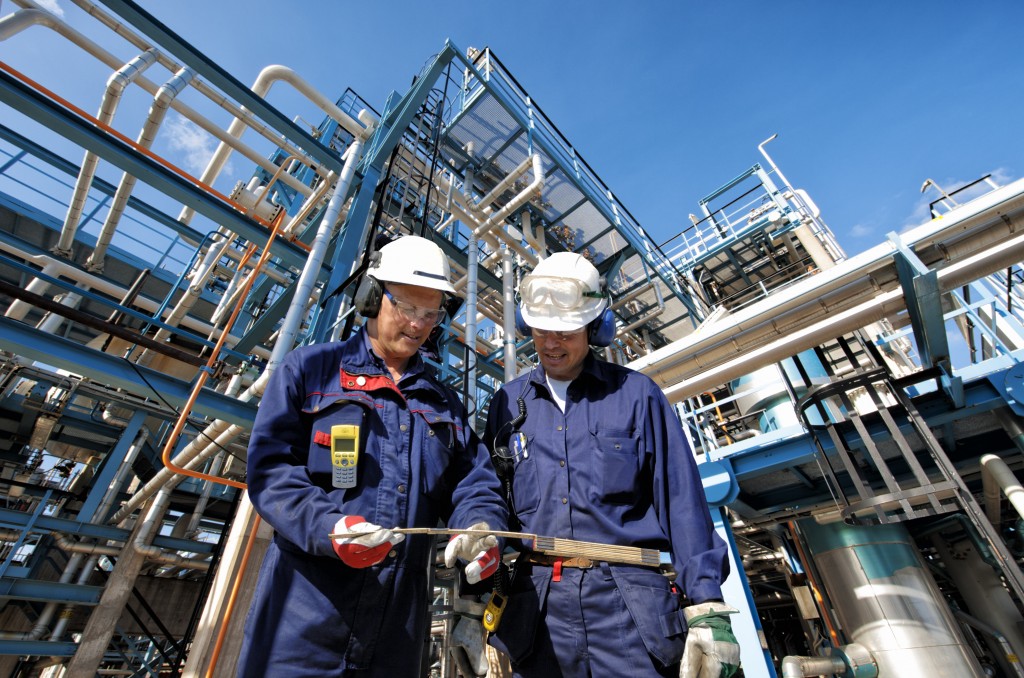Stainless steel has immense architectural, industrial and domestic applications due to its durability and excellent corrosion resistance. Stainless steel pipe can serve you for decades with minimal care and attention. With the right knowledge, you can keep your stainless teal pipes shining and durable. Although most people believe stainless steel doesn’t rust or acquire stains, this isn’t the case. Many industries have reported corrosion, oxidation and rusting of their piping systems. Therefore how can you ensure your pipes lasts for long?
Prevent rust
One of the best ways to guarantee your stainless steel piping system in your Australian structure can last long is to ensure no water stagnates on the surface. After cleaning these surfaces, use a clean, dry cloth to get rid of any water on the pipes. If the pipes are exposed to sunlight, the stagnant water can evaporate on its own.
Chromium oxide is a compound that prevents rust in stainless steel. When water stagnates on the stainless steel surfaces; the pipes have difficulties producing this compound. Rust also referred to as ferric oxide form on the stainless steel surfaces when they’re exposed to moisture and rust.
Stainless steel may also rust when it comes into contact with hydrochloric acid, carbon steel, high temperatures or sulphuric acid; in this regard, you should keep off these substances from your surfaces.
Avoid cracks and dents
Cracks and dents on the surfaces of your stainless steel is a sure recipe for corrosion more so when liquids such as salty water land on them. A process referred to as crevice corrosion starts when water stagnates on dents and cracks on stainless steel.
You should also ensure no liquids get trapped on any two parts of stainless steel since this can lead to corrosion and ultimately structural problems. Proper care of stainless steel surfaces ensures the small pits can re-passivate.
Pitting corrosion is another form of damage the can occur on stainless steel surfaces. It occurs due to salts in the environment that get trapped on small pits on your stainless steel pipes.
Regular cleaning
Cleaning your pipes with stainless steel grain is one of the best ways to ensuring they remain free from rust. It essential to check the direction the grain takes on the pipe; your scrubbing should take the same direction to avoid creating scratches.
Preferably use, a microfiber cloth or a scouring pad when cleaning your pipes. You should never use steel wool or any abrasive substances on your pipes to avoid scratches.
Also, ensure the cleaning material is clean limit smudge and smear developing on your piping system.
 Proper installation
Proper installation
Corrosion can develop on your stainless steel pipes if iron or non-stainless steel tools used during the installation of your piping system create bites or scratches on the surface. Ferrous particles from these tools may stick on the surface of stainless steel, thus preventing re-forming of the chromium layer. For example, the iron particles affect the chromium concentration on the spot.
Note, for effective passivation, 10.5 to 125 of the alloy must be chromium. The Iron particles on the surface of your pipes will break the passive film on the spot leading to corrosion that will spread from this part. Installation damage on your pipes will be evident a few days after installing your stainless steel pipes.
Small scratches made through a screwdriver-tip scratch may result in corrosion only a few days after installation. It’s therefore essential to clean your stainless steel piping system after installing using either iron or non-stainless steel tools.
The unique way to ensure your stainless steel pipes remain corrosion-free and durable is proper care and maintenance. Install your piping system properly and clean the surfaces after installation. Also, clean these surfaces regularly and avoid water or any other liquids form settling on dents and cracks on stainless steel.

